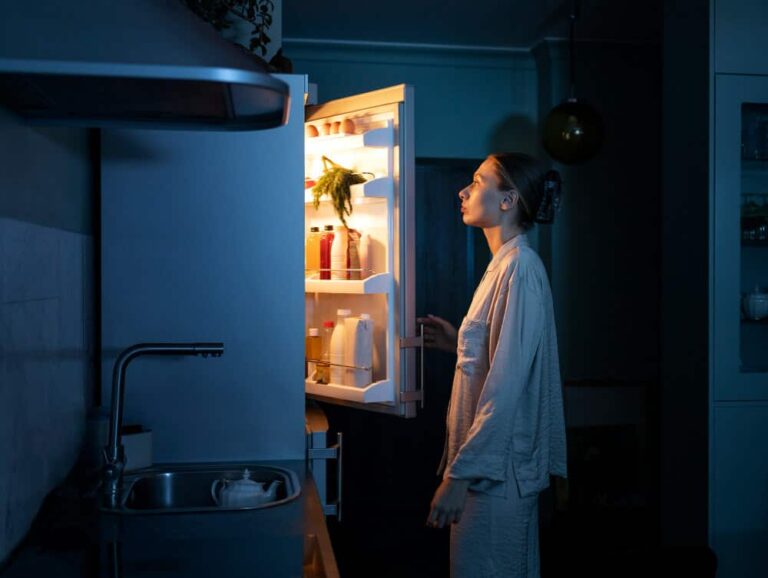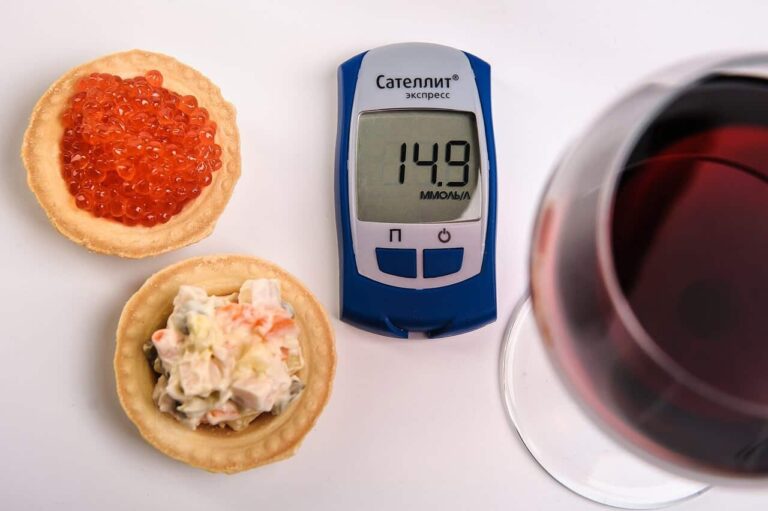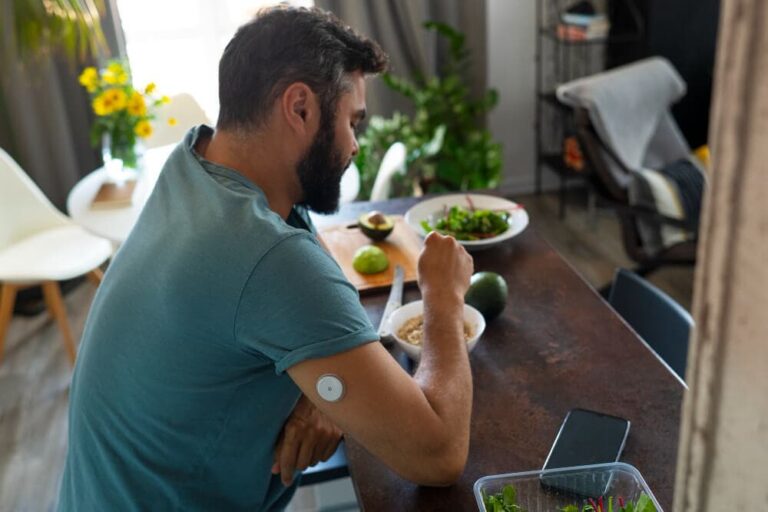There’s a moment every person with Type 1 Diabetes knows. It’s not a physical pain. It’s a quiet, heavy exhaustion. It’s the moment you stare at your blood glucose meter, see a number you don’t like, and instead of feeling motivated to fix it, you feel… nothing. A profound, soul-crushing wave of “I just can’t do this anymore” washes over you.
You start “guesstimating” your carbs instead of counting. You ignore the buzz of a high blood sugar alert from your CGM, swiping it away like an annoying notification. You skip a blood sugar check because you’re just too tired to face the data.
This isn’t laziness. This isn’t failure. This isn’t you “giving up.”
This is diabetes burnout. And it is as real and as serious as any physical complication of this disease. It’s the emotional and mental exhaustion that comes from being the CEO, HR department, and entire 24/7 workforce of your own pancreas, with no weekends, no holidays, and no sick days.
If this sounds familiar, take a deep breath. You are not alone. And there is a way back.
A Gentle Disclaimer: I’m your content manager, and I have sat in the burnout trenches more times than I can count. This is a guide born from lived experience and research. It is not a substitute for professional mental health support. If you are feeling hopeless, please reach out to a therapist, counselor, or a trusted healthcare professional.
Recognizing the Red Flags: What Does Diabetes Burnout Look Like?
Diabetes burnout is a sneaky thief. It doesn’t announce its arrival; it slowly drains your energy and motivation over time. It can manifest in many ways, but here are some of the most common signs:
- Apathy and Avoidance: You stop caring about the numbers. You intentionally avoid checking your blood sugar because you “don’t want to know.”
- Reckless Dosing: You stop calculating and start “guesstimating” your insulin doses, leading to a rollercoaster of highs and lows.
- Ignoring Technology: You silence your CGM alarms or stop looking at the data altogether. The tools that once felt empowering now feel like a burden.
- Emotional Exhaustion: You feel constantly irritable, anxious, hopeless, or just “numb” when it comes to your diabetes management.
- Social and Medical Withdrawal: You cancel appointments with your endocrinologist and avoid talking about your diabetes with friends or family because it’s just too much to deal with.
The dangerous part? This behavior creates a vicious cycle. Poor management leads to poor blood sugars, which makes you feel physically and emotionally worse, which in turn deepens the burnout.
The Path Back: Compassionate Strategies to Refill Your Tank
Fighting burnout isn’t about “trying harder.” In fact, it’s often the opposite. It’s about letting go, being kind to yourself, and strategically reframing your relationship with diabetes.
1. Give Yourself Permission for “Good Enough”
This is the most critical first step. You have to fire your inner perfectionist. For a set period—say, one or two weeks—give yourself a break from chasing perfect numbers.
- The Goal: Your new goal isn’t a flat CGM line. Your new goal is safety and sanity. Is your blood sugar not dangerously high or low? Are you generally in range? That is a massive win. A blood sugar of 180 mg/dL is not a failure; it’s a number that can be gently corrected later, without guilt. Grace, not guilt, is the fuel you need right now.
2. Change the Scenery (Break the Monotony)
Burnout thrives on monotony. The same meals, the same alarms, the same routines can feel like a prison. Inject some novelty back into your life, no matter how small.
- Try This: Cook one new, T1D-friendly recipe this week. Go for a walk on a different route. Switch your injection or infusion sites to a different area. Even a small change can break the mental gridlock.
3. Say the Quiet Part Out Loud
Burnout grows in silence. The simple act of speaking your exhaustion out loud can be incredibly powerful.
- The Script: Tell a trusted partner, friend, or family member: “I’m struggling with diabetes burnout right now. I feel completely exhausted by it. I don’t need you to fix it, I just need you to know.”
- Find Your People: If you don’t have someone in your immediate circle who “gets it,” the online T1D community can be a lifeline. Places like the r/diabetes subreddit, the Beyond Type 1 community, or private Facebook groups are filled with people who know exactly what you’re feeling.
For more dedicated mental health resources, organizations like the Diabetes Mental Health & Wellness (DMHW) provide excellent support.
4. Make Your Technology Serve You (Not the Other Way Around)
Your CGM and pump should be your assistants, not your dictators. If they’re causing more stress than they’re relieving, it’s time to re-evaluate your settings.
- Fight Alarm Fatigue: Are your high alerts set too aggressively? Maybe raise the threshold from 180 to 200 for a while. Do you need an alert for every small rise? Probably not. Adjust your settings to only notify you of what is truly urgent. This can dramatically reduce your mental load.
5. Redefine What “Success” Means
For so long, we’re taught that success is a low A1c. But that’s a dangerously incomplete picture.
- Your New Metrics for Success:
- Did I remember to pre-bolus for most of my meals today? Success.
- Did I go for a 10-minute walk? Success.
- Did I treat a low without eating the entire fridge? Success.
- Did I get a decent night’s sleep? Success.
Celebrate the small, consistent efforts. Your well-being is more than just a number.
Final Thoughts: You Are Not Weak. You Are Human.
Diabetes burnout is not a character flaw. It is the logical, human response to the immense and relentless pressure of managing a chronic illness perfectly, every minute of every day.
Feeling this way doesn’t mean you’re failing. It means you are feeling the weight of your fight. And that’s a sign that you care deeply. The goal isn’t to become a robot who never feels overwhelmed. The goal is to learn to recognize the signs of running on empty and to know that it’s okay to pull over, rest, and refuel.
Be kind to yourself. The path back from burnout starts not with more discipline, but with more compassion.











